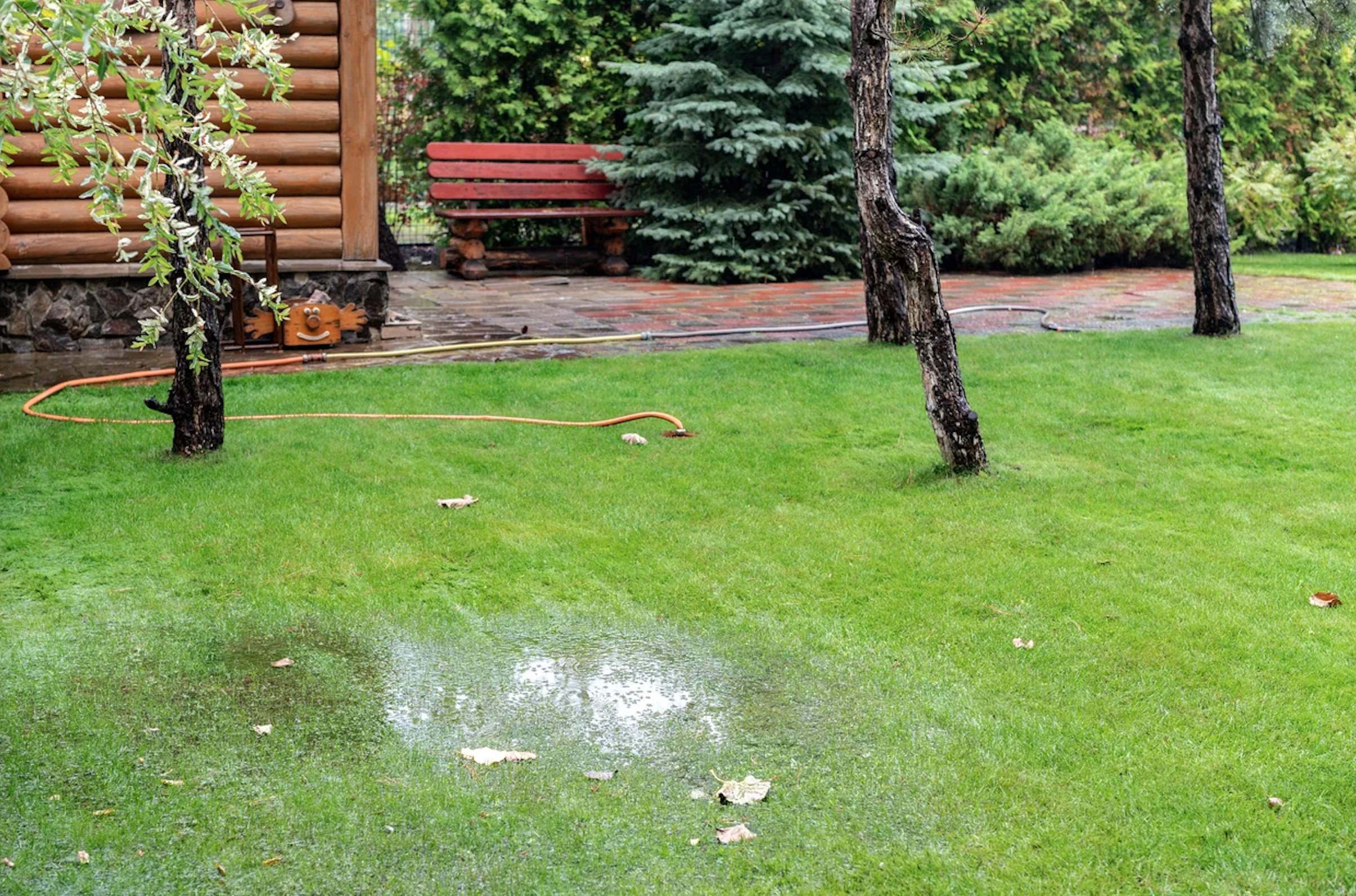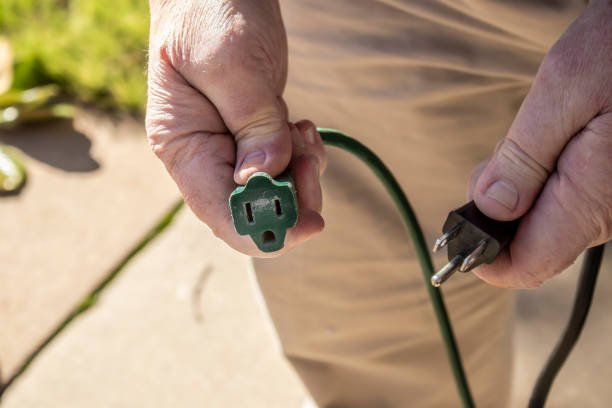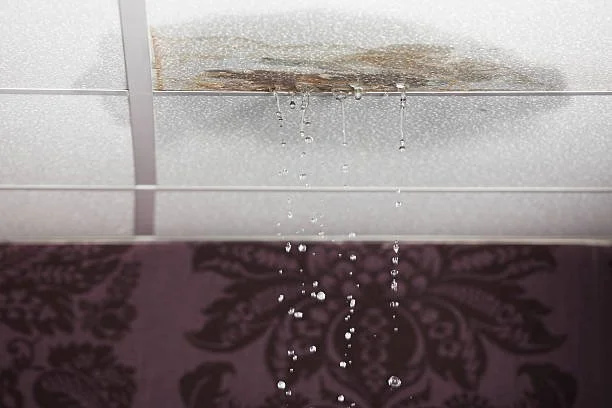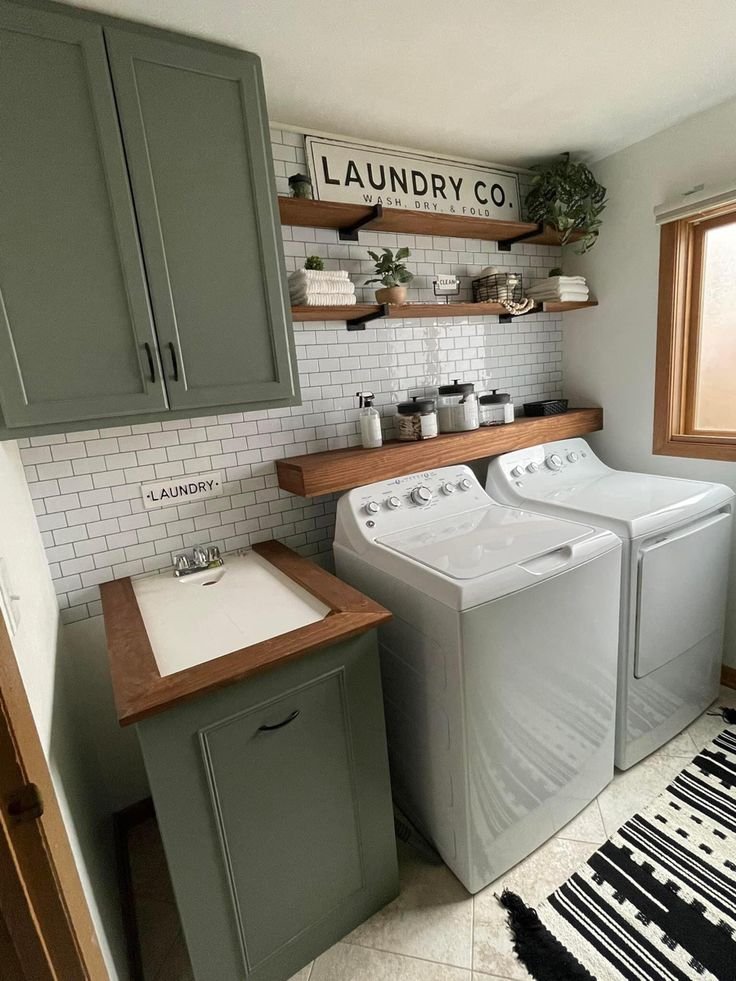What to Know About Water Buildup in Your Yard
RH Business Marketing Solutions
If you're like most homeowners, you value the aesthetic appeal and functionality that a healthy, well-maintained lawn brings to your outdoor living space. Not only does your lawn provide a frame to showcase the rest of your property, but it also serves as a place where children and household pets can get their exercise needs met. However, persistent water buildup can significantly impact the health and beauty of your lawn, and in some cases, can even make it an unsafe place to play for both two- and four-legged family members. Here's what you need to know about water buildup in your yard:
Common Causes of Water Buildup
The first step to conquering issues cause by water buildup is understanding why they occur in the first place.
Landscape Grading
The slope of your yard directs water flow, which can encourage water to pool in certain areas, particularly if uneven terrain is a part of the picture. For instance, if you've got a low-lying area in your yard with no way for it to drain, you could end up with a puddles during the aftermath of rain events or when the snow melts.
Soil Type
Different types of soil have varying capabilities when it comes to holding water. Sandy soils, for instance, tend to drain rather quickly, but their clay counterparts often become waterlogged even when the same amount of moisture is part of the picture.
Precipitation
Prolonged precipitation in the form of rain also plays a part in saturating soils. Snow, on the other hand, can do the same if snowmelt happens quickly because of a sudden rise in temperature.
Common Issues Caused By Water Accumulation
Water accumulation in the yard creates a range of problems for the homeowner, including the following:
Foundation Damage
Damage to the foundation can be costly as well as unsightly. Not only does water damage cause cracks in your home's foundation, but it can also lead to overall structural instability.
Lawn Disease
Standing water also promotes a range of lawn diseases, such as fungus, mold, and root rot, which can quickly compromise the health and appearance of your lawn grass and other plants in the vicinity.
Mosquitos
Standing water also provides prime breeding grounds for mosquitos — and as you probably already know, these pests can quickly put an end to an enjoyable evening in your outdoor living space. Additionally, mosquitos have been known to carry diseases.
Solutions for Water Buildup
Although there's no one-size-fits-all answer for water buildup, several strategies exist that address the various root causes. Sometimes, several of the following approaches may be used as a customized plan of action against water buildup.
Regrading
Regrading your landscape may be the answer if your water buildup issues are caused by slopes and/or uneven terrain.
Install Proper Drainage
Drainage is another important aspect of winning the war against damage caused by water buildup. The type of drain used will depend on factors such as general topography, soil type, existing vegetation, water table levels, intensity and frequency of rainfall, and average amount of seasonal snow.
Add Soil Amendments
Incorporating organic matter and/or sand into heavy clay soils can improve drainage. This approach is typically used to help improve the efficiency of drains. Amending the soil in this way improves its porosity, allowing water to permeate more easily and reducing the risk of runoff.
Maintain Gutters and Downspouts
Gutters and downspouts tend to become clogged with leaves and other vegetative debris if not cleaned on a regular basis, and during winter, ice jams can pose a problem. Water buildup is the logical result when these aren't kept clean and free from debris. You can simply solve this with one good drain cleaning session.
Plant Water-Loving Plants
In some situations, water buildup may simply be inevitable no matter what measures you take. For instance, if your property is situated in a low-lying area or floodplain, it may be more susceptible to water accumulation. In this case, it may be better to go with the flow rather than try to fight it. Consider planting vegetation that thrives in wetland locations such as marsh marigolds, a variety of reeds, perennial lobellia, swamp milkweed, and winterberry.
Not only will these plants add an attractive element and bring biodiversity to your landscape, but they will also provide erosion control with their vibrant root systems.
Seek Professional Assistance
If you've tried several solutions and are still facing issues with water buildup in your yard, it's time to call in the professionals. They can perform a careful assessment of your property and craft customized solutions that not only address the water buildup issue, but also improve the overall aesthetics and curb appeal of your property.
Written by Taylor McKnight, Author for ADB Construction & Septic Corp



























